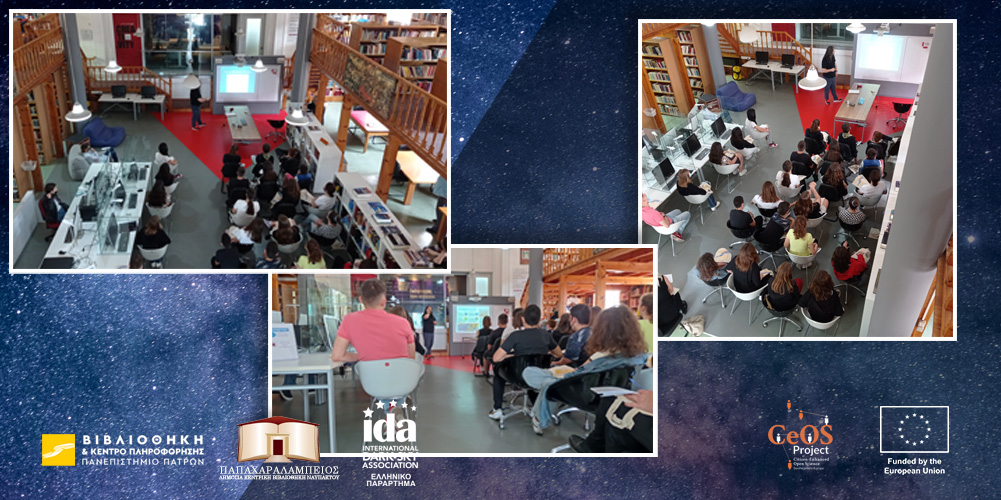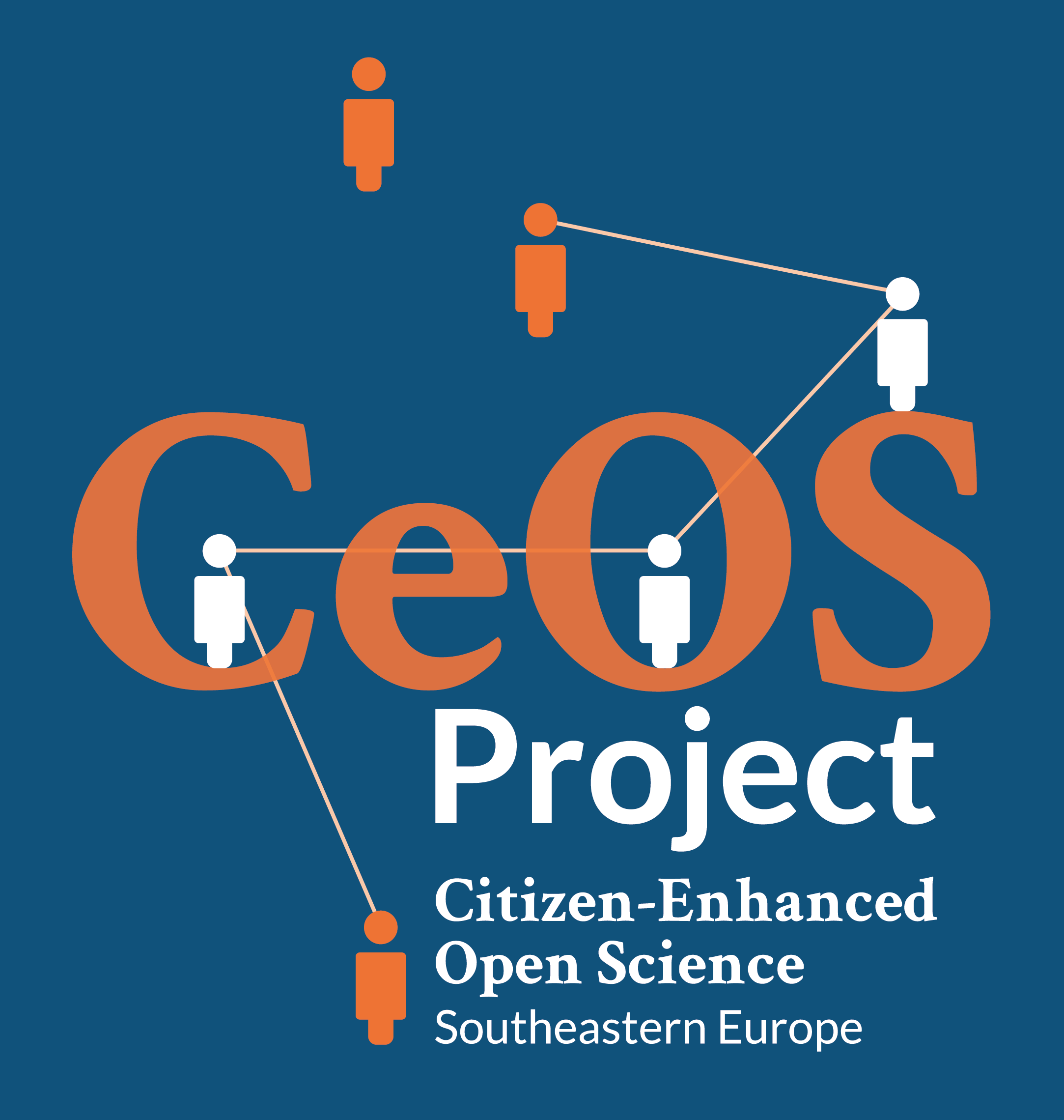Within the framework of the CeOS_SE project, the Library and Information Center of the University of Patras, Greece, organized the activity “Per Scientia, Ad Astra: active citizens and dark skies”, in cooperation with the Papacharalambeios Public Central Library of Nafpaktos and the International Darksky Association. The event took place on the 13th of May 2022, at the Papacharalambeios Public Central Library with the participation of 24 students from the 2nd High School of Nafpaktos.
The aim of the above-mentioned activity was to inform the students on what Citizen Science research is and how it is conducted, in order to engage them to participate in gathering data to measure and assess light pollution.
The event started with a short presentation of the Papacharalambeios Public Central Library of Nafpaktos and it was followed by a brief introduction on Citizen Science research and the project CeOS_SE by the Acting Director of the Library and Information Center of the University of Patras. A presentation on light pollution and its effect on nature and on astronomical observation followed by the representative of the Greek branch of the International Darksky Association. The presentation focused on the need to control light pollution for the benefit of astronomical research, flora and fauna, and human health. The key message was that controlled management of light can help urban environments and that observations and recordings from citizen scientists can help make better decisions. It was explained that the young citizen scientists can help record the degrees of dark sky visibility, the types of light in their area and the temperature of light. The Citizen Science research method used by the IDA was also presented and an online light pollution record sheet was disseminated to the pupils to be filled in by the end of May when the night sky will be moonless.
The pupils used the recording form that the Greek Branch of IDA prepared and there were 20 distinct recordings from nine unique observers. While the recordings were submitted on different days, with May 26th being the busiest day of all, most of them identified a medium range of star visibility, which was corresponding to Figure 4 in the form. Most of the recordings of Figure 4 were in a suburban area, whereas in the center of Nafpaktos city there were observations of less starry skies. However, the few observations of clearer skies managed to give a greater number of stars, 109, in the central districts of Nafpaktos, while the other 99 were attributed to suburban areas, such as Ano Platanitis, Dendro and Managouli. The map below shows the recordings of star visibility with the lowest number indicating low visibility and the highest number indicating a high degree of star visibility.

Most of the public light fixtures are cutting the distribution of light (30) and most of these were observed in Ano Platanitis. It is encouraging that in the central parts of Nafpaktos light fixtures are fully cutting the distribution of light and only six lights were partially cut. 55 of the light fixtures use warm temperature light and only 12 use cold, almost all in central Nafpaktos.
The students’ level of knowledge on Citizen Science and information satisfaction were measured, after the completion of the event, with the use of questionnaires, where both qualitative and quantitative data were gathered. Three of them stated that the activity was good, 11 that it was very good and 10 that it was excellent. The pupils were not familiar with the terms Open Science and Citizen Science; only two were acquainted with the terms. However, none of them had participated in CS-related activities in the past. All of them stated that their participation was very useful and that they learned new things on that day. 21 out of 24 said that they will use the knowledge they got from this activity in the future.
To learn more about the Citizen Science activities that CeOS_SE is piloting in southeastern Europe, take a look at our other blog posts here.











